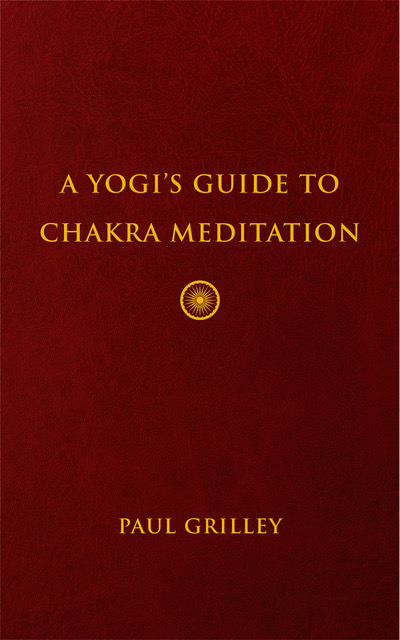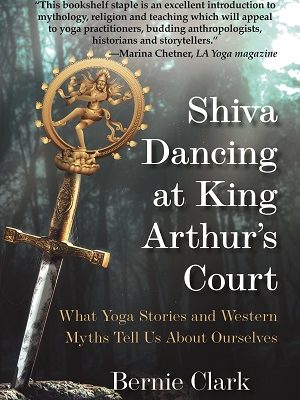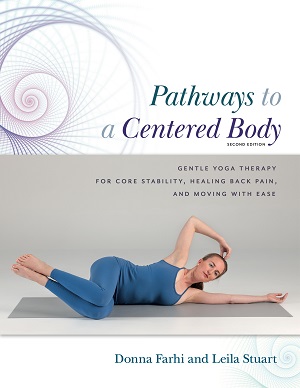Description
There are many books on chakras, but their focus is usually an attempt to integrate the chakras with modern psychological theories. A Yogi’s Guide to Chakra Meditation presents chakra meditation as a specific example of the ancient yogic tradition.
The most respected text in the yogic tradition was written by the sage Patanjali and is entitled “The Yoga Sutras.” Scholars debate its antiquity, but it was written approximately 2000 years ago. Because an overview of Patanjali’s Yoga Sutras is standard fare in yoga teacher training programs, I have presented chakra meditation as a specific example of Patanjali’s more general description of yoga. I hope that a description of chakra meditation through Patanjali’s lens will make it easier for yoginis coming to this material for the first time.
All yoga teacher training programs include an overview of Patanjali’s Yoga Sutras, but these sutras are notoriously difficult to understand, and have from ancient times required a commentary to clarify them. For example: Patanjali’s descriptions of pranayama are so general as to be useless without commentary. AYGtCM covers this essential topic in clear and complete detail.
Patanajali is most famous for his model of spiritual progress called “The Eight Limbs of Yoga.” The rest of the Yoga Sutras might remain obscure, but any yogini who has graduated a training program has had to memorize the eight limbs of yoga. AYGtCM brings the eight limbs of yoga to life by illustrating their manifestation in chakra meditation. Many of Patanjali’s sutras are referenced throughout the text. In this way, the reader gains insight into Patanjali’s entire system of thought, including theories of creation, karma, reincarnation, psychology, and the physical, astral, and causal bodies.
The first of the book’s four sections describes chakras: their location and function. It elaborates the ideas of Shiva, Shakti, and prana.
The second section translates these terms into Patanjali’s yogic terms and expands them.
The third section outlines in detail Patanjali’s eight limbs of yoga as they occur in chakra meditation.
The fourth and final section describes meditation itself, outlining specific routines of practice, and describing what a yogini will experience.
About the Author
Paul Grilley. Born in 1958 in Seattle, Washington. He has practiced yoga since reading “The Autobiography of a Yogi” in the summer of 1979.
He lived and taught yoga classes in Los Angeles from 1982 until 1994. He also took classes in kinesiology at UCLA.
Paul and his wife, Suzee, became students of Dr. Hiroshi Motoyama in 1990.
Paul and Suzee moved to Ashland, Oregon in 1994, where they still have a home. In 2000 he earned a Master’s Degree from St. John’s College, Santa Fe. And in 2005 he was awarded an Honorary Ph.D. from the California Institute for Human Science. The Ph.D. was in recognition of his book and DVDs promoting the practice and theory of yin yoga.
Since the year 2001, Paul and Suzee have taught yoga teacher training courses all over the world.




